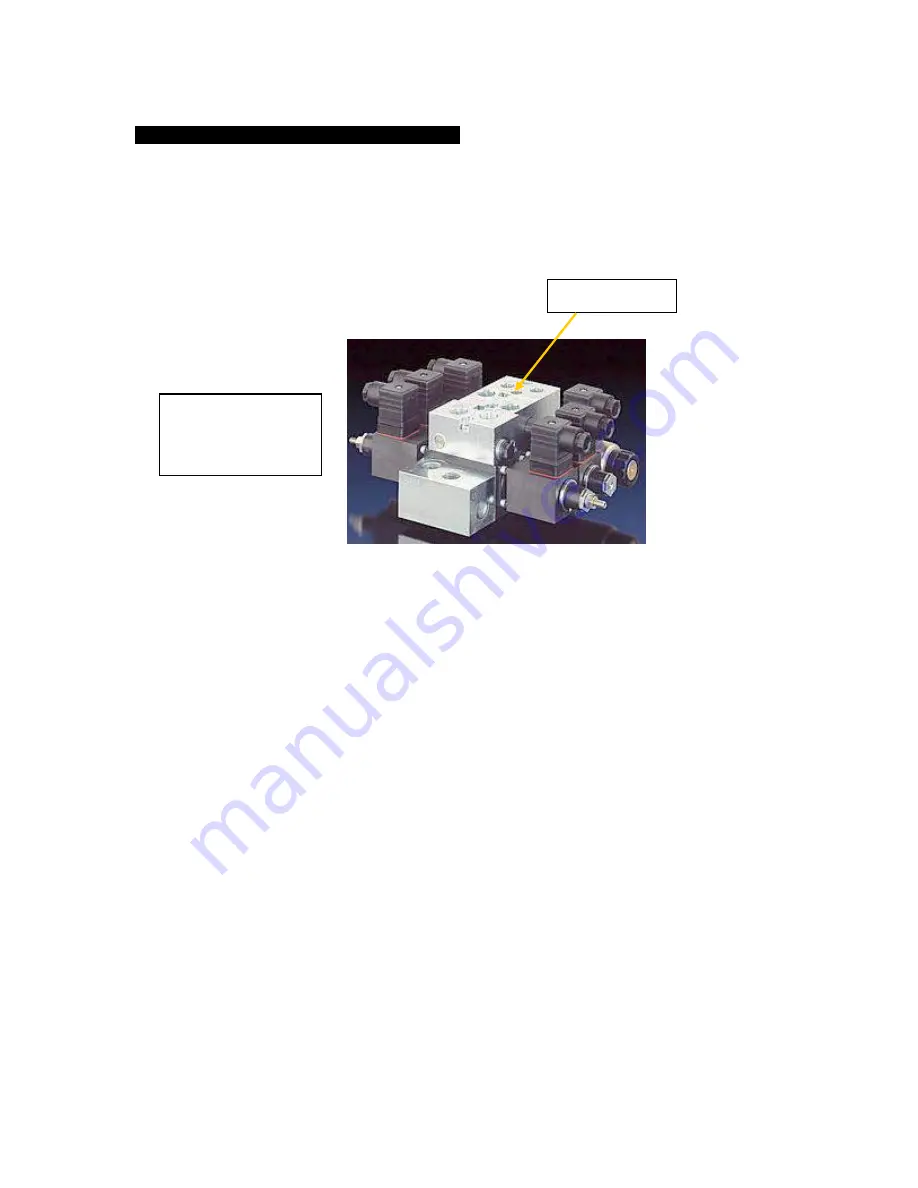
Superior Signal Company LLC
AccuTrak
®
VPX-WR
User’s Manual
© 2015
13
Touch here
INTERNAL LEAKS IN HYDRAULIC SYSTEMS
External leaks in hydraulic systems are usually easy to find. Following the fluid to the
source is not a difficult task. Internal leaks, however, can be very tricky. The VPX-WR can
be used to listen to the sound of the fluid internally and to indicate the fault. Generally
when checking for an internal leak in a cylinder, the side that is leaking can be easily
found. Valves of all kinds, even steam or water, can be checked without guessing about
their condition.
To carry out this test use the instrument as if you were searching for an air leak. The VPX-
WR can listen to the sound of the hydraulic fluid as it flows through a cut on the seal of a
cylinder, or the spool of a valve. When testing hydraulics, make sure that there is no
cavitation in the system because it generates added sound and can be detrimental on the
system itself. This extra noise background may make it more difficult to find the leak.
Again, pressurizing the system with nitrogen before fluid is introduced will indicate if there
are any gross leaks. This can save much time when troubleshooting.
For Internal leaks use the touch probe and proceed as you check a valve or steam trap.
For External leaks the VPX-WR is the only instrument in the world that can track a
hydraulic fluid leak to the source, and get wet by it without getting damaged or having its
performance affected.
TIPS ON USE:
If you have a cylinder that slowly loses its position, listen around it to determine where
the sound is the strongest. Mark the spot so the cylinder can be inspected after
disassembly for marks and scratches on the inside.
The dead center of the spool in a valve can be set by listening to the fluid sound while
adjusting it.
If you get hydraulic oil on the instrument, wipe most of it with a shop towel, then use a
detergent solution on another towel to clean the rest.
Typical
Proportional
Hydraulic Valve
























